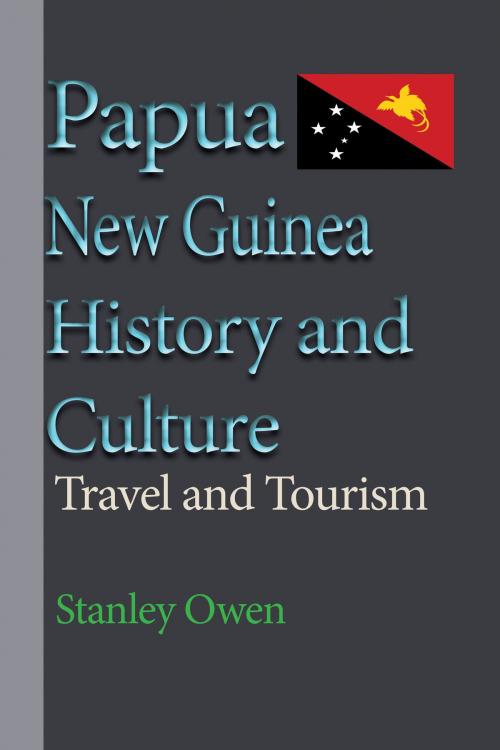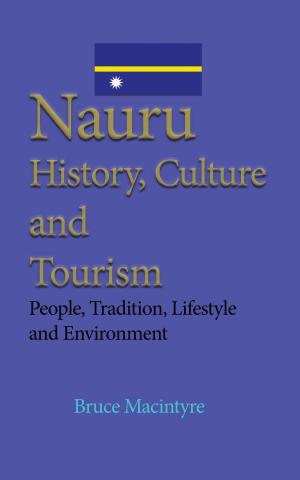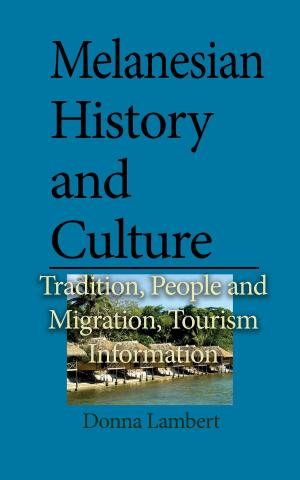Papua New Guinea History and Culture: Travel and Tourism
Nonfiction, Travel, Australia & Oceania, History| Author: | Stanley Owen | ISBN: | 9781370993727 |
| Publisher: | Jean Marc Bertrand | Publication: | October 25, 2017 |
| Imprint: | Smashwords Edition | Language: | English |
| Author: | Stanley Owen |
| ISBN: | 9781370993727 |
| Publisher: | Jean Marc Bertrand |
| Publication: | October 25, 2017 |
| Imprint: | Smashwords Edition |
| Language: | English |
Papua New Guinea History and Culture. Travel and Tourism. People, Tradition and Lifestyle. A Book on Papa New Guinea. Despite the penetration of the contemporary economy and media and the effects thereof on traditional cultural life, Papua New Guinea retains a rich variety of village cultures. These are expressed in the ways the country’s landscapes have been shaped over generations and in its people’s wood carving, storytelling, song, dance, and body decoration. Carvings from the Sepik, Gulf, Massim, and Huon Peninsula regions are world famous. The best-known wood carvings come from the Sepik region, notably masks and crocodile figures that have religious connotations. Many sacred carvings from the giant men’s houses known as tambaran on the Sepik River have been sold and not replaced amid the decline of tourist traffic in the 21st century. In most areas only the older generations possess the skills for making traditional clay cooking pots, which are being replaced by metal pots and pans. Across the country, wooden hourglass-shaped drums known as kundu remain essential for song and dance, especially during major national celebrations such as the anniversary of independence. Self-decoration, particularly for dance and rituals, remains important everywhere
Papua New Guinea History and Culture. Travel and Tourism. People, Tradition and Lifestyle. A Book on Papa New Guinea. Despite the penetration of the contemporary economy and media and the effects thereof on traditional cultural life, Papua New Guinea retains a rich variety of village cultures. These are expressed in the ways the country’s landscapes have been shaped over generations and in its people’s wood carving, storytelling, song, dance, and body decoration. Carvings from the Sepik, Gulf, Massim, and Huon Peninsula regions are world famous. The best-known wood carvings come from the Sepik region, notably masks and crocodile figures that have religious connotations. Many sacred carvings from the giant men’s houses known as tambaran on the Sepik River have been sold and not replaced amid the decline of tourist traffic in the 21st century. In most areas only the older generations possess the skills for making traditional clay cooking pots, which are being replaced by metal pots and pans. Across the country, wooden hourglass-shaped drums known as kundu remain essential for song and dance, especially during major national celebrations such as the anniversary of independence. Self-decoration, particularly for dance and rituals, remains important everywhere















